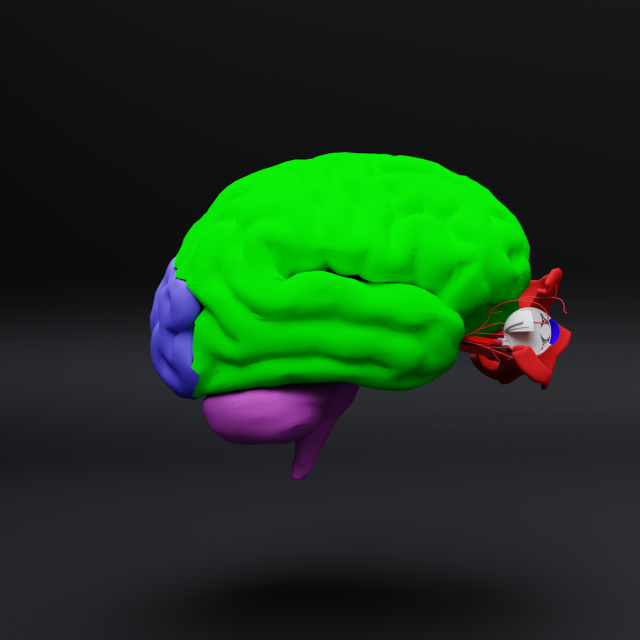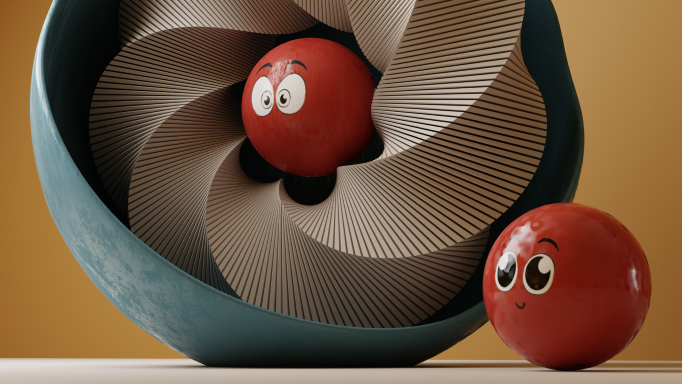Innovating Education In Africa
Wol-e Soma (Study Where You Are)
It's fair to argue that much of what we teach students is based on facts. This indicates that successful students are those who can easily remember material, whereas students who struggle to assimilate big volumes of knowledge at once can become disinterested rapidly. This is true for all types of students, whether they are in school, on a workplace training course, or pursuing lifelong learning. Developing technology in education may be the future of learning, especially to recent breakthroughs that make it more affordable and accessible to educators and students.
In the few schools where it has been implemented, Extended Reality Technology has already begun to revolutionise teaching. Though industry is still developing, Extended Reality technology may have an answer to one of the most pressing issues in education today: a lack of student engagement. According to Forbes, over the next five years, annual spending on Extended Reality is predicted to increase by more than 100 percent.
Students can expand their awareness of life across the world by using augmented reality enabled tablets or full 360-degree head sets. They can use our app to take a stroll through the world's most famous museums. They can travel through time and space, from the future to the past.
Perhaps most importantly, students are able to comprehend real-world, contemporary situations that would otherwise be difficult to comprehend. In this way, XR can help students develop empathy by allowing them to expand their perceptions beyond the facts and data that are traditionally taught to them. They can develop the ability to sense what other individuals are feeling by donning a virtual reality headset and engaging more with them. They have the ability to put themselves in other people's shoes, which a textbook cannot teach.
How we are transforming education using Extended Reality.
- Transforming hands on learning
In school, we all learned how the human body works in school, but we were left to our imaginations to figure out how the human skeleton appears or how the organs fit into it. The majority of people will agree that textbook illustrations never really provided us a sense of scale or feel for the skeleton; however, AR can now augment this fascinating topic.


Wol-e Soma’s human organs AR software allows pupils to explore the Human body, organs and skeleton. Students can study individual human organs or use guided navigation to understand the intricate interior anatomy of humans and animals without hurting any unfortunate creatures. Children will also see diverse life cycles brought to life, such as a frog growing from an egg to a tadpole, then to a tiny froglet, and finally to a fully formed frog.
- Enabling exciting field trips
Field trips can become a lot more accessible, economical, and, dare I say, fascinating using virtual reality. After all, virtual reality allows for virtually any experience. How about walking on the moon? No worries. Have you ever seen polar bears in the Arctic? Sure.
With apps like Google Expeditions, we're reducing the traditional obstacles to field trips and giving students incredible experiences. The programme, which is designed for instructors to use with their students, has hundreds of adventures spanning history, science, the arts, and the natural world, some of which use VR and others which use AR. Students participate in virtual reality experiences that take them to places like Fort Jesus or Robben Island in South Africa. Meanwhile, AR encounters in the classroom bring abstract concepts to life.
- Personalisation of the learning experience
Exceptional education requires customization since children with special needs have a wide range of abilities, limits, and interests. Educators can use augmented reality to address special needs pupils' unique learning styles and constraints. For example, using voice overs or talk backs that describe the texts and images for students with hearing problems and also VR screen readers for the visually impaired.
The Extended reality to educational mix has the important virtue of capturing the student's attention. If you're an educator, you know that 15 minutes into a 30-minute lecture, half of your pupils have lost interest. XR encourages interaction and puts new energy into the educational system.
- Log in to post comments

